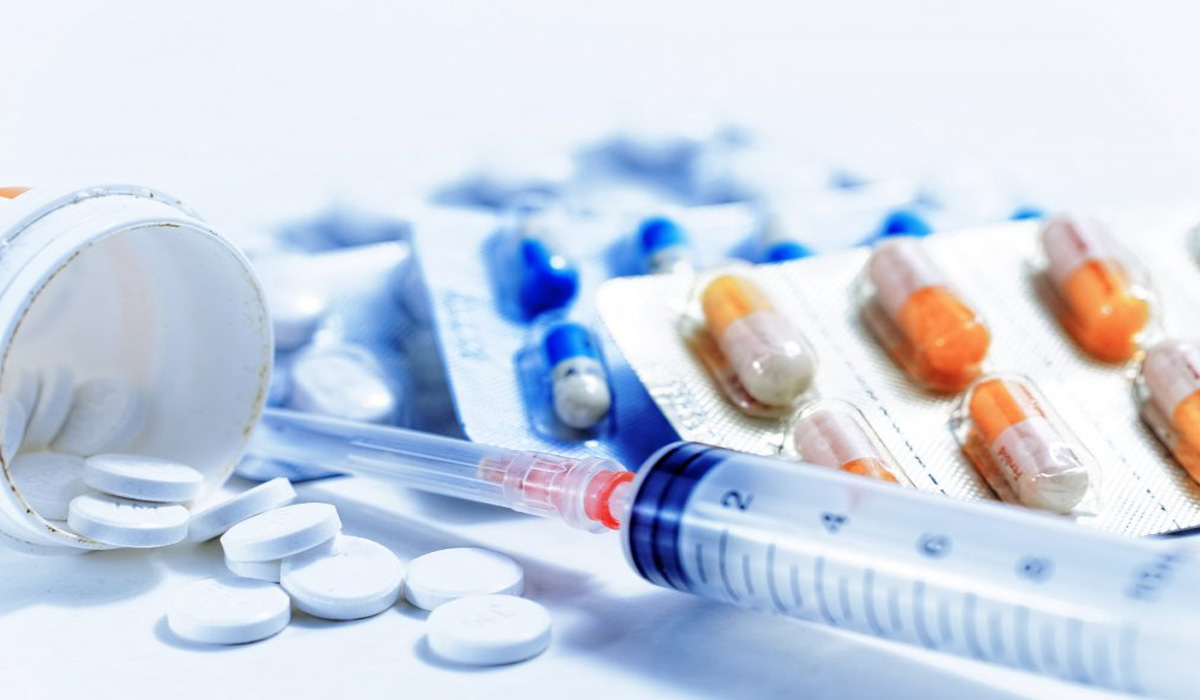You know, a healthcare-related type of tubing is used for fluid management and that of even drainage as well as with anaesthesiology as well as respiratory equipment, catheters, is peristaltic pumps, and even biopharmaceutical laboratory equipment.
You know, it is necessary that the materials employed should fulfill the highest quality needs. Actually, you know what, silicone elastomers are the material of preference for use in healthcare tubing or another type of extruded profiles that need compliance to medical device regulatory standards. When silicone rubber gets converted to cured silicone tubes or extruded profiles, it includes no plasticizers that can leach or even be extracted, nor does it even retain by-products of the curing reaction. A post-cure procedure is not required, although it is massively recommended to stabilize physical dimensions as well as mechanical properties.
Outperformance
Silicone elastomers do outperform conventional thermoplastics like that of polyvinyl chloride (PVC), polyethylene (PE), polyurethane (PU), ethylene-vinyl acetate (EVA), and even that of poly-isoprene in extrusion applications, fetching overall value in processing as well as performance. The point is silicone elastomers do possess brilliant dimensional stability, and their characteristic strength and flexibility grip very thin-wall tubing profiles. Furthermore, they can even be extruded as solid profiles with massive or important cross-sections. Production space can even be minimized by vertical oven positioning and that of short-curing tunnels that need lesser heating elements. An amount of up to fifty ft/min is attainable with the correct equipment. Silicone elastomers are actually available as a one- or two-constituent rubber system.
The characteristics of the material
Silicone elastomers are there in a wide range of durometer ranges and of they offer excellent heat resistance and great chemical resistance. Silicone elastomer tubing is actually resistant to different kinds of environmental factors like of chemicals, temperature, UV radiation, and x-rays. Their usage in medical applications is driven in part by the reality they resist adhering to body tissue and that even do not endorse microbial growth. Silicone elastomer tubing can actually be sterilized with a diversity of methods with minimal performance degradation or even that of changes in mechanical properties. This is something that actually reflects the molecular stability of overall silicone. Once made into that of a finished part, silicone rubber is mostly sterilized by steam, ethylene oxide, even that of e-beam, gamma, and beta radiation prior to that of its end-use.
One of the singular types of traits of silicone elastomers is the silicon-oxygen (Si-O) bond. The energy and molecular stability of this silicone is the most robust contributor to that of bio durability, or the ability to own skin contact and resist body fluids. Silicone’s various hardness options stay flexible without additives something that is quite important in biocompatibility. Silicone, by nature, has a high degree of clearness because of the compatible refractive indexes of the filler and polymer that get used, and it offers distinct types of colorability. There are manifold pigment options; however, silicone elastomers can be absolutely transparent for fluid and even flow visualization.
Conclusion
To sum up, you should speak with silicone tubes manufacturers and ensure that you get the perfect experiences and outcomes.



